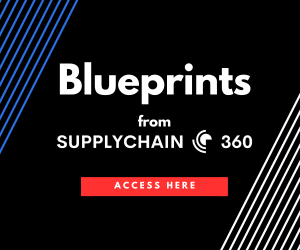Challenging Procurement Norms to Drive Real Change
Procurement has long been governed by rigid rules, structured frameworks, and deeply ingrained practices. But the leaders reshaping the function today aren’t just following the playbook—they’re rewriting it. The most effective CPOs are challenging outdated procurement models, redefining risk management, and transforming supplier relationships. Their success isn’t just about adopting AI or automation; it’s about questioning assumptions and pushing procurement into uncharted territory.
For years, procurement has been seen as a compliance-driven function, focused on cost control and process enforcement. That mindset is changing. CPOs who are driving the biggest impact are shifting their role from rule enforcers to business enablers. They are removing bureaucratic friction, taking calculated risks, and embedding procurement deeper into strategic decision-making.
Breaking Free from the Procurement Status Quo
The most forward-thinking CPOs aren’t just refining procurement processes—they are dismantling and rebuilding them. They are questioning long-held beliefs about risk aversion, supplier management, and contract rigidity. In some cases, they are choosing flexibility over control, allowing stakeholders to make procurement decisions within smart guardrails rather than imposing rigid policies.
Many are moving away from traditional sourcing cycles in favor of dynamic, AI-driven procurement models that adapt in real time. Instead of lengthy RFP processes that slow down innovation, they are working with agile supplier ecosystems, leveraging marketplace-style sourcing, and prioritizing speed without sacrificing strategic oversight. This shift demands a new mindset—one that is comfortable with uncertainty and open to experimentation.
Shifting from Control to Influence
CPOs who are breaking the mold recognize that procurement’s true power isn’t in controlling spend—it’s in influencing business outcomes. By stepping out of a rigid governance role, they are embedding procurement into broader corporate objectives such as revenue growth, market expansion, and sustainability.
Traditional risk management approaches often create bottlenecks, slowing down business agility. Instead, some of today’s most successful procurement leaders are redefining risk, treating suppliers as partners in innovation rather than just vendors to be audited and negotiated with. By creating deeper, more strategic supplier relationships, they unlock competitive advantages that go far beyond cost savings.
How to Rethink Procurement for Maximum Impact
For procurement leaders looking to challenge the status quo, the first step is shifting from a compliance-first mindset to an impact-first approach. Instead of asking, “How do we enforce policy?” the better question is, “How do we enable smarter decisions?”
Procurement leaders embracing this shift are building cross-functional collaboration, embedding AI-driven insights into decision-making, and treating procurement as a driver of competitive advantage rather than an administrative function. They are questioning whether traditional KPIs—such as cost savings and contract compliance—truly measure success, or whether procurement should be evaluated based on business growth, supplier innovation, and speed to market.
The Future of Procurement Belongs to Those Who Dare to Challenge It
The procurement leaders making the biggest impact today are those who are bold enough to challenge long-standing norms. They are proving that procurement isn’t just about optimizing processes—it’s about shaping the future of business. By rethinking risk, embracing speed, and influencing rather than controlling, they are turning procurement into a powerful, strategic function that creates value in entirely new ways.
For those willing to step outside of conventional procurement thinking, the opportunity is clear: The best CPOs aren’t just managing procurement—they’re reinventing it.








